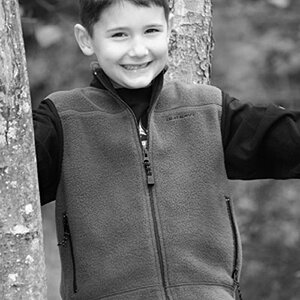BrittneyRose
TPF Noob!
- Joined
- Apr 3, 2019
- Messages
- 8
- Reaction score
- 3
- Location
- USA
- Can others edit my Photos
- Photos OK to edit
I have been trying to achieve this type of look with my photography for awhile and while I’m aware that composition is very important in establishing the tone of the image like hers do, but I’m still stumbling over how to meter/edit my shots to look like this. I feel like when I am editing my photos, the dynamic range of my images are just too low to pull out that much detail in the shadows and highlights while also maintaining an image that isn’t too dark to see. Is her style of image lighting the result of image stacking? Please help me understand what I need to do to achieve this moody tone with lighting either through my metering process or editing process.
Their website (Our Life In The Shadows — Tania Franco Klein)
Their website (Our Life In The Shadows — Tania Franco Klein)


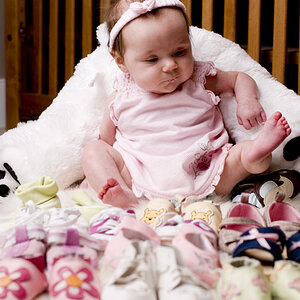
![[No title]](/data/xfmg/thumbnail/37/37605-90c8efaef5b7d1f52d4bf8e7dfd33673.jpg?1619738148)
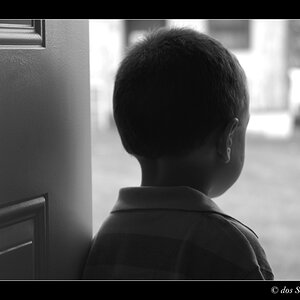
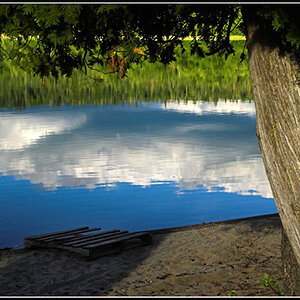
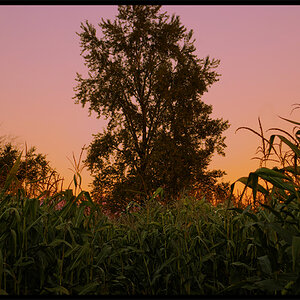
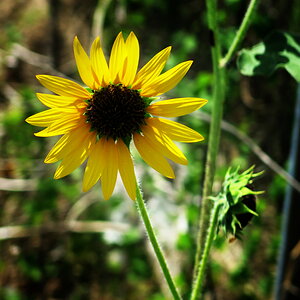
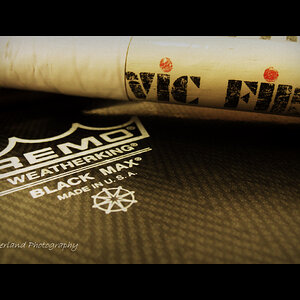

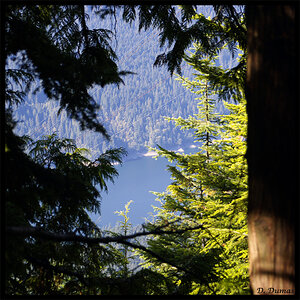
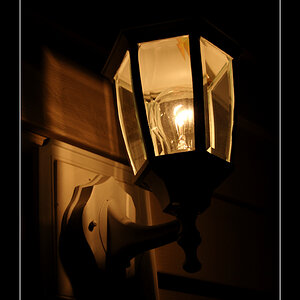
![[No title]](/data/xfmg/thumbnail/31/31978-02cde49248ebdf1b82fba5c899e08378.jpg?1619735136)
